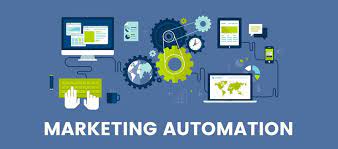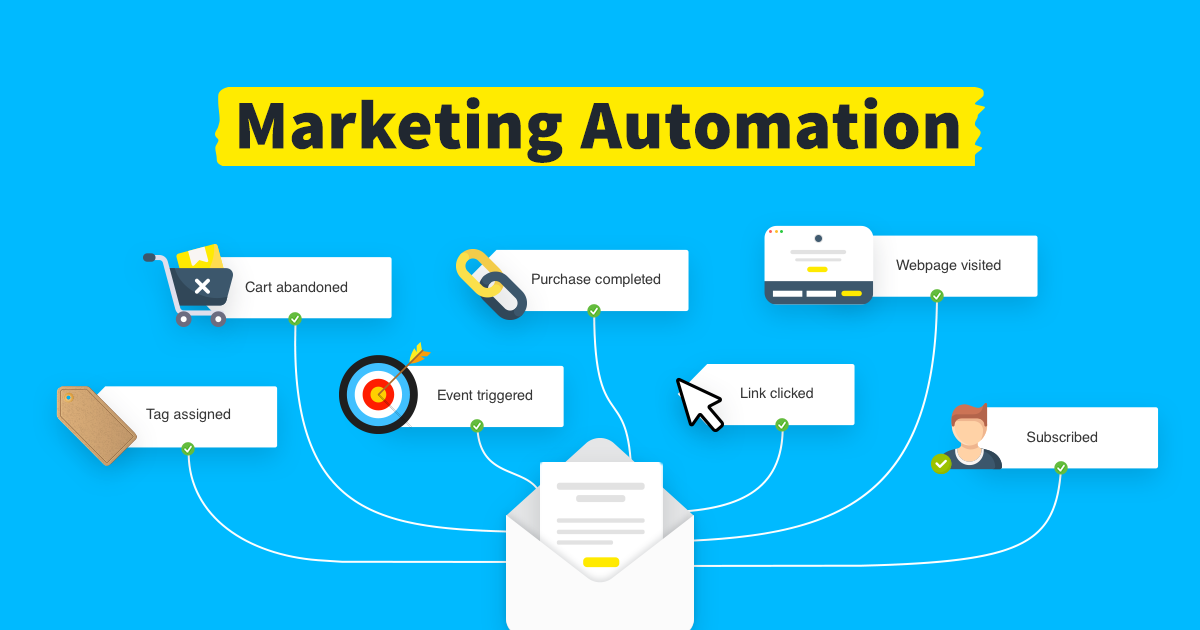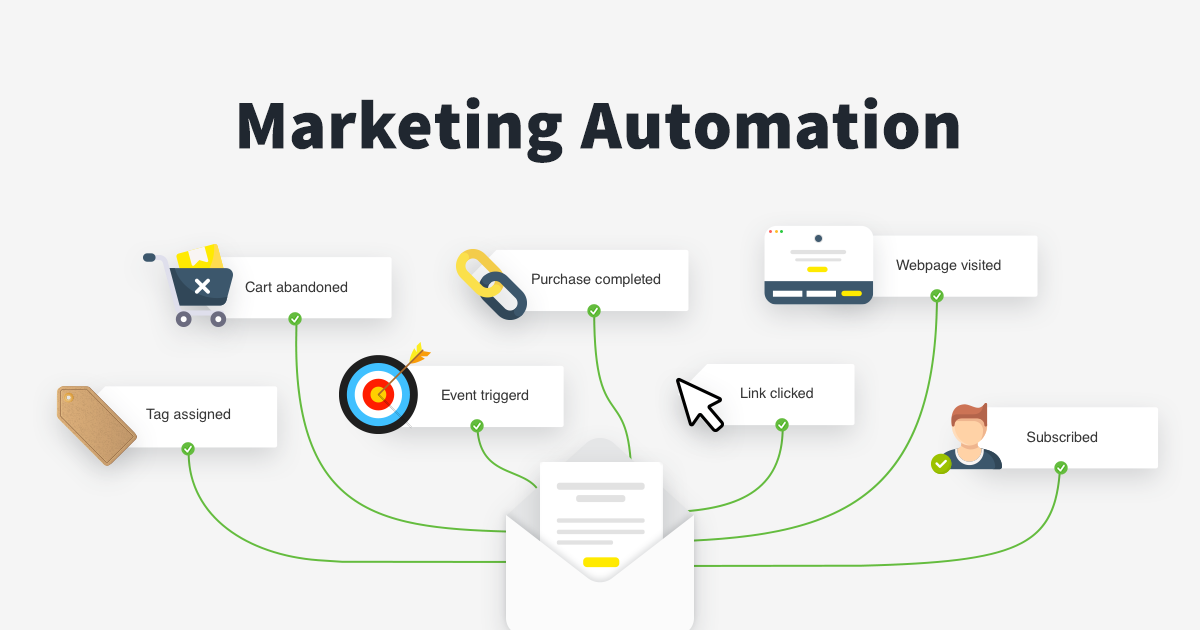Hello!
Last year, U.S. online retail sales of physical goods amounted to 343.15 billion US dollars and are projected to reach close to 476.5 billion US dollars in 2024. With that much revenue going around, you might want to start selling products and go into the ecommerce industry.
 If you’re already in the ecommerce business, how do you separate your products from all the others also available out there in the market? Branding aside, the key is to also write effective product descriptions.
If you’re already in the ecommerce business, how do you separate your products from all the others also available out there in the market? Branding aside, the key is to also write effective product descriptions.
Writing product descriptions seems easy-peasy. All you have to do is string a couple of words to tell something about the product and then press publish, right? Even better, just copy the specifications directly from the manufacturer.
But think again. Product descriptions can make that difference in your sales. Copies should be written in a compelling and persuasive manner.
A lame product with a good product description could still sell like hotcakes.
Moreover, your copies should be optimized for search engines so people can easily find them online.
On writing product descriptions, here are some principles you can universally apply to different kinds of products so that you can improve your search rank:
#1 Use target keywords
 The most important thing in ecommerce is SEO. If people search for something, you would want your product to be on the first page of that list. Nothing beats sitting back while watching organic traffic flow easily to your website.
The most important thing in ecommerce is SEO. If people search for something, you would want your product to be on the first page of that list. Nothing beats sitting back while watching organic traffic flow easily to your website.
Targeting the wrong keywords is one classic SEO mistake that will hurt your website rankings. Focus on keywords that people already use or regularly search for.
You can use tools such as Google Keyword Planner which is a free tool that shows analytics of keyword searches on the Google search engine. As long as you have a Gmail account connected to a Google Ads account, you can start using this tool.
- Volume search
- Level of competition (how hard is it for a keyword to rank on Google search)
- Estimated page bids
- Estimated impressions, clicks, and cost of each ad
Keyword Planner is only 1 SEO tool. You've got many other effective SEO tools you can choose from.
If you click ‘Find new keywords’ on Google Keyword Planner, you can input your website’s URL, your specific webpage, or any other related keywords or phrases about your product and the tool will automatically suggest relevant new keywords for you. Google Keyword Planner is free and you should use that amazing tool if you want to upscale your business by dominating SEO and organic traffic.
It would be best practice to have a variation of high, medium, and low competition keywords. It is harder and longer to rank for high and medium competition keywords and you will be up against bigger sites.
If you click ‘Get search volume and forecasts’, you have to enter your chosen keywords and the tool will automatically analyze how it will likely perform in the future by estimating possible clicks, impressions, click through rate, and cost per keyword.
Once you have all your keywords down, where do you put them in your product description?
 Here is a list of where you should ideally place product keywords:
Here is a list of where you should ideally place product keywords:
- URL
- Product title
- Once in the product description copy
- Image Alt
- Alt text
Use your keywords sparingly and avoid keyword stuffing especially in the description as you can get penalized for it.
#2 Optimize transactional keywords
Transactional keywords are keywords that already have the buying intent. The customer is already at purchasing stage or they know what to buy already.
Such keywords are “buy” “best” “affordable” “cheap” “reserve” “discount” “where to buy” “clearance” “for sale” “reserve” for example.
Your transactional keywords can go two ways:
- Transactional keyword + [Product’s brand model or Service name] for the consumer who already knows the specific product they are looking for.
- Transactional keyword + [General terms to describe the product] for the consumer who does not yet have a clear idea on specific brands or companies they want.
 So if you are selling yoga mats in the US, your keywords could be the following:
So if you are selling yoga mats in the US, your keywords could be the following:
- Where to buy USA yoga mats
- Cheap yoga mats
- Buy [Model X] yoga mats
- For sale [Model X]
- Clearance USA yoga mats
Aside from the product description, these keywords can also be put in the meta description of the webpage. By focusing on transactional keywords and not just general ones, you'll be able to create listings that convert into sales.
#3 List down the benefits
According to Psychology Today, a customer’s purchasing journey is largely influenced by his emotions. So, when it comes to making decisions, the process is usually driven by mental representations of the product.
You can deliver higher impact to a potential buyer if you craft a story behind what you’re selling.
It is not enough that you simply write down the features which are possibly similar to hundreds of products available online since features tend to be impersonal and generalized.
Examples of features are the size, color, or type of material of the product while the benefits of the product tell you how the product can make you look better than the other guy who uses Brand X.
Let’s say you are selling platform heels. If we want to say something about its features, it would be like this: “Strappy heeled sandals, Synthetic upper, Synthetic inner, Rubber sole, Open toe, Criss-cross straps”
But using this knowledge, you can spin the features into benefits which will sound more appealing to the buyer.
 Personally, we would rather choose a product that is written like this since we know how it will be of use to me:
Personally, we would rather choose a product that is written like this since we know how it will be of use to me:
- Platform heels have criss-cross straps which comfortably secure your feet
- Synthetic material of the heels are designed to be lightweight so that you can move easily in style
- Heels are slip resistant thanks to its rubber sole
Instead of focusing on the features of the product, emphasize the benefits it can give to the customer.
 In writing down the benefits, ask the following questions:
In writing down the benefits, ask the following questions:
- What experience or emotions do you want the customer to have from using the product?
- How does this product help the customer’s needs?
- How will this product improve the customer’s life?
- What is the customer likely looking for?
This is a good example of a description which lists down the benefits of the product.
Notice how the product description used phrases such as “made in the USA” (already an established authority when it comes to product durability); “make every meal a memory” (implying that it can be used for any family event); “pro logic design” (the product’s usability is ideal for chefs and expert cooks).
Using the main points, the copywriter was also able to weave a story around the benefits instead of focusing on specifications that are too technical to understand. It tells about the brand’s history, how the product can be utilized to create new memories, its versatility in any occasion, and its effective functionality.
Make sure your description is also unique, interesting, and good for usability. Do not duplicate the content from another competitor.
If your own description helps the user find your product easily, your ranking will go up as well.
#4 Scannable descriptions
Let’s face it, not everyone reads the entire product copy. Make it a good user experience for your potential customer. If they are able to see what they need in the product easily, they can purchase the product faster.
Make sure your product descriptions are not too long and highlight only the important parts so that the copy is easier to scan.
 Here are some principles to follow:
Here are some principles to follow:
- Make use of bullet points or lists
- Have a header or main idea
- Separate into paragraphs if the copy is too long
- For technical products or products with “complicated” specifications, it might be helpful to separate the description into two parts - one for summary and one for the technical specification sheet of the manufacturer.
Also read:
- How to Choose Between Hot-Air Rework & Desoldering Stations
- 10 Tips To Improve Your Internet Privacy
- Is IT Sourcing Beneficial for Your Business?
To sum it up, how do you write product descriptions in SEO?
By implementing the right SEO strategy, you will improve your eCommerce conversions. Gather your target keywords first. Using a keyword planner such as Google Keyword Planner, you will be able to organize keywords that have some level of search volume. You can also look up the trends and forecast on how those keywords might perform in the future.
 Utilize the use of transactional keywords because people who use them are probably already in the consideration stage or have buying intent.
Utilize the use of transactional keywords because people who use them are probably already in the consideration stage or have buying intent.
Emphasize the benefits rather than the features and try to weave a story along with it, if possible. Remember that customers primarily base their purchases on emotions so be sure to elicit that from them.
Tell them the product’s history, how it will make their lives better, what the product is good for and why it is good for them.
Lastly, don’t overwhelm your customers with a very long copy. The faster they get your message, the faster they will checkout the product. Use bullet points, divide your paragraphs, add headers if needed, and keep it brief.
Apply these main principles and you will see a difference in your conversion rate. Get to copywriting!
On a side note, you should also think about voice search for your SEO strategy. Voice assistants are becoming more and more popular and so is voice search.
Thank you!
Subscribe to our newsletter! Join us on social networks!
See you!







